05/11/15 - MONTESA 300 RR TEST
INTRO
Montesa-Honda launched the new model Cota 300 RR for the most sophisticated users in the world of Trial. After 10 years since the first Cota 4RT which represented a turning point, with the first high performance 4-stroke engine, the Spanish factory had implied a complete makeover a few years ago, but in reality had presented only a few improvements, which were very appreciated anyway. It is fair to add that the trial riders Montesa are supporters of the 4-stroke engine.
But the question deserves an explanation. A decade ago, almost all factories moved toward the 4 stroke, only because it seemed like those two-stroke, too polluting, had its day. Today only Montesa has remained stuck to that line. Lately the rules have allowed the survival of 2T, so on Cota was necessary a lot of work to be competitive with rivals super light. The world championships won by Toni Bou show that the target was hit, but it is obvious that Repsol officials are not exactly those found into the dealers. And here us the reason of the arrival of the 300 RR. To recover the market share represented by young, gritty riders. People who likes the bike super powerful, lightweight, especially at the front, besides the basic features of this brand like reliability and quality of the various components.
THE BIKE
Taking into consideration these aspects, Montesa Honda’s team worked alongside Honda Motor Co Ltd’s R&D departments to create the new Cota 300RR, that is a motorcycle made for racing, something that can be noticed just by its name: RR (Race Ready). The model has been developed based on the proven experience inherited from racing models such as those used by Montesa’s riders in Trial Championships. In fact most of its components and technical solutions come from Eddie Karlsson and Oriol Noguera’s motorcycles. Without a doubt the Cota 300RR is the mass produced model most similar to the prototypes used by Toni Bou, Takahisa Fujinami and Jaime Busto.
The development team of Cota 300RR worked on achieving two things: an increase in power and making the overall feel lighter. To accomplish this, the thermodynamic group is fitted with a new engine with an increase in displacement. To do this the diameter and the stroke of the piston has been increased. This, along with the new fuel pump with more fuel flow to give to the bike more torque and power, especially in the mid-ranges, whilst keeping its known response in the low. The model has been made slimmer by reducing the weight where it’s most effective. This being the case, the model has been fitted with a light Tech suspension fork made with aluminum tubes as well as new lighter mechanized aluminum wheel hubs, two aspects that make the model 2kg lighter than the Cota 4RT. On top of this, the noticeable reduction of engine braking and the repositioning of the pegs - which are now 5mm lower and 5mm rearward - make the overall feel of the motorcycle much lighter.
Depending on the terrain conditions or riding style, rider's can select from the handlebar switch any of the 2 existing engine maps. Fuel injection & timing can be modified using a computer and the corresponding software.
The advanced digital ignition system without battery powers, among others, the ignition system and the ignition coil. Also worth noting is the bank angle sensor which switches off the ignition when the motorcycle is laying on the ground or when it is at an inclination superior to 65º for more than 7 seconds. This device minimizes the expose to risk of the rider as well as protecting the engine, especially in situations where the engine can remain revving. For the most demanding riders were given the opportunity to change the mapping of injection through the instrument HRC (optional) to connect to your computer, which includes interface and CD-ROM.
Another one of its improvements is the adoption of a new Showa shock absorber in order to help the traction of the bike, or the new brake and clutch pumps in order to improve the response and performance. The tires are Michelin X11. They come equipped with light mechanized hubs made of 7075 T6 aluminum, anodized in black and with the RR logo engraved with laser. The overall weight reduction is also achieved by the use of new Did aluminum tire rims, lighter than the ones used in other models. There is a new front brake which incorporates a 4 piston mono block caliper. The new brake and clutch pumps with red anodized covers are signed by Braktec.
Like the Cota 4RT260 and the Race Replica, the production is taking place in the modern Montesa Honda facilities, located at Santa Perpètua de Mogoda (Barcelona).
OUR TEST
We could test it in Spain on a private property of a very fond trialist, near Tona, not far from Barcelona. A land where it was held the Trial des Nations in 2000 and a World Championship round in 2009. Stones of all sizes in a very dry and dusty wood. As you can see, we were not alone in testing. All the riders belonging to HRC Repsol team suggested us how to ride!
The bike starts with minimal effort, taking care not to touch the gas, a valuable of the injection, but so far nothing new. Also great attitude in the guide standing, still nothing new.
The difference comes when you open the gas. Here the bike parts as a rocket and almost looks like a runaway horse. Then beginning to become familiar, you get used to the new power, and will use gas with more sparingly. Starting just close to the rocks, with the right compression on the suspension is not necessary to use the clutch a lot to blow up the bike over the obstacle chosen. We find perfect the connection between the throttle and the response in traction. We have the feeling that the front end is lighter, due to new fork Tech, resulting weigh less and the retreat and lowering 5mm position of the footrests, but especially by the readiness of the new engine. In short the extra horsepower are felt, even if for the amateur Trial, they can not always be an advantage. Overpowering causes difficulties when you have to ride very precisely on roots or on slippery ground.
But do not forget that the bikes for the beginners continue to be produced. This was established for other purposes. In any case torque is still what we liked about the older models and thus even the neophyte can approach and ride a 300 RR, as long as we take great care when seeking “quick answers”. The weight balance is always a strength point. A neutral behavior after obstacles: well anchored to the ground in the desired direction. Moreover, when you close the gas at the top of a rock, the bike does not stop immediately as you would expect from the powerful engine brake of 4 stroke. Here the decompression system in the crankcase - already experienced in the renewed models 260 presented two years ago - showed its best and it real seems to ride a two-stroke.
The Showa mono shock is a marvel. In a calibration medium as the one of the bike at our disposal for this short test, it works very well both along a mixture of small stones, absorbed with relative neutrality, both in the request of "push" to project on the top front of larger dimensions stones. The braking system for the little that we used, has not presented any smudging: powerful and progressive braking. About the two mappings, already the softer, designed for slimy land, has allowed some evolution on the rocks. A sore point? The price. just under 10,000 Euros and considered the moment …
Racing Kit parts
Just for the Cota 300RR model a highly exclusive kit of carbon HRC parts is offered. It?s composed by:
- Clutch cover protector
- Exhaust pipe protector
- A light headlight visor for exclusive racing use
---------------------------------------------------------------------------------------
MONTESA 300 RR TEST
Abbiamo effettuato il test in Spagna coadiuvati dai piloti del team HRC Repsol ufficiali, ai quali abbiamo dedicato qualche foto. Le nostre impressioni sono sul numero 44 di Motosprint in edicola questa settimana

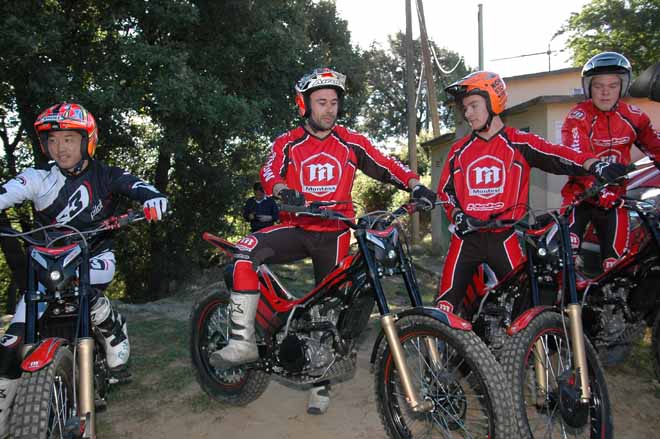

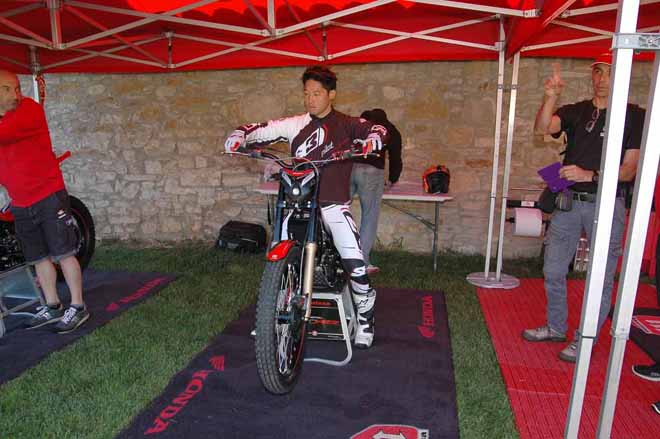
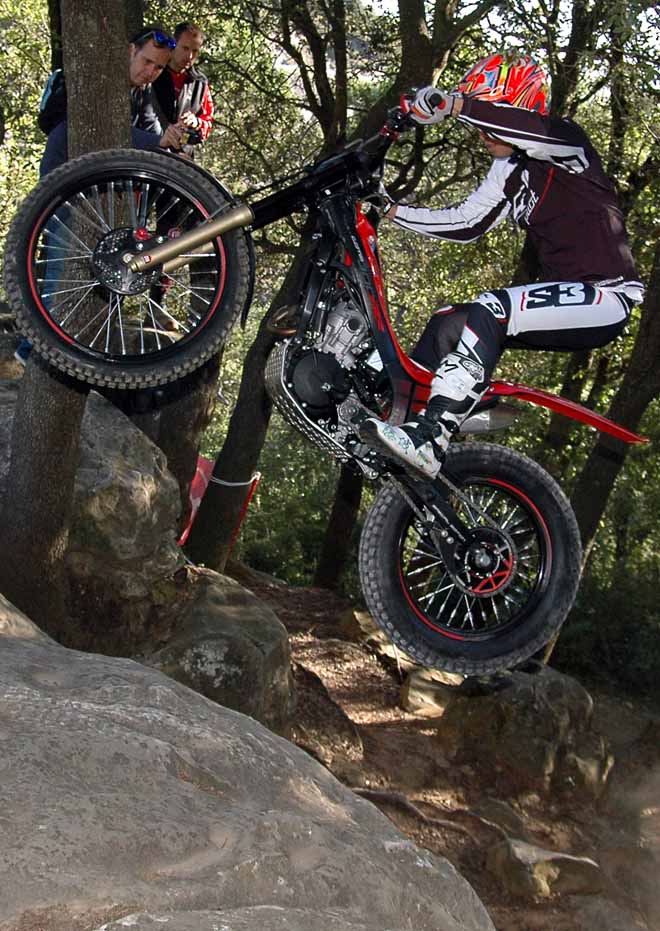
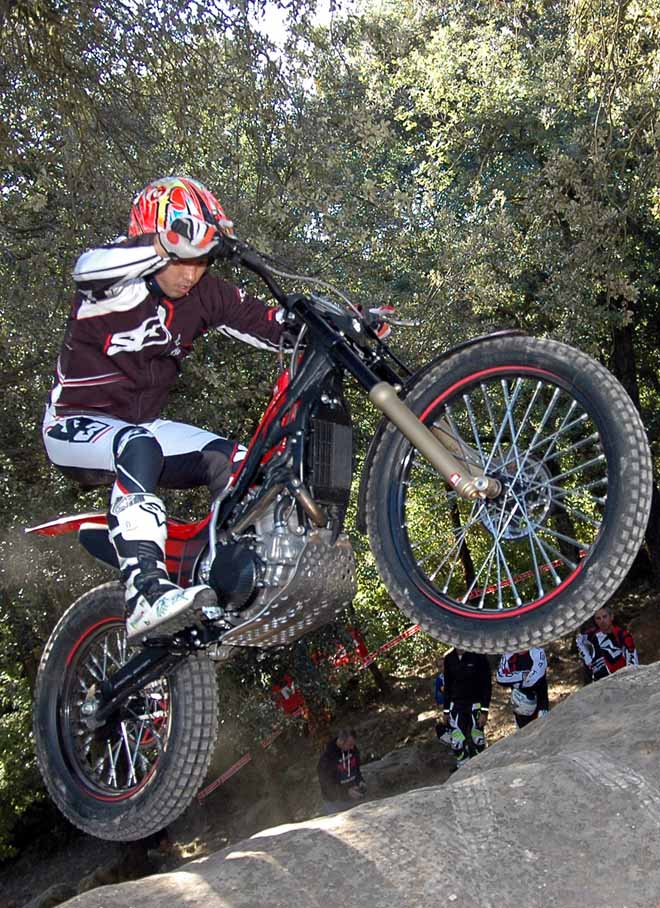
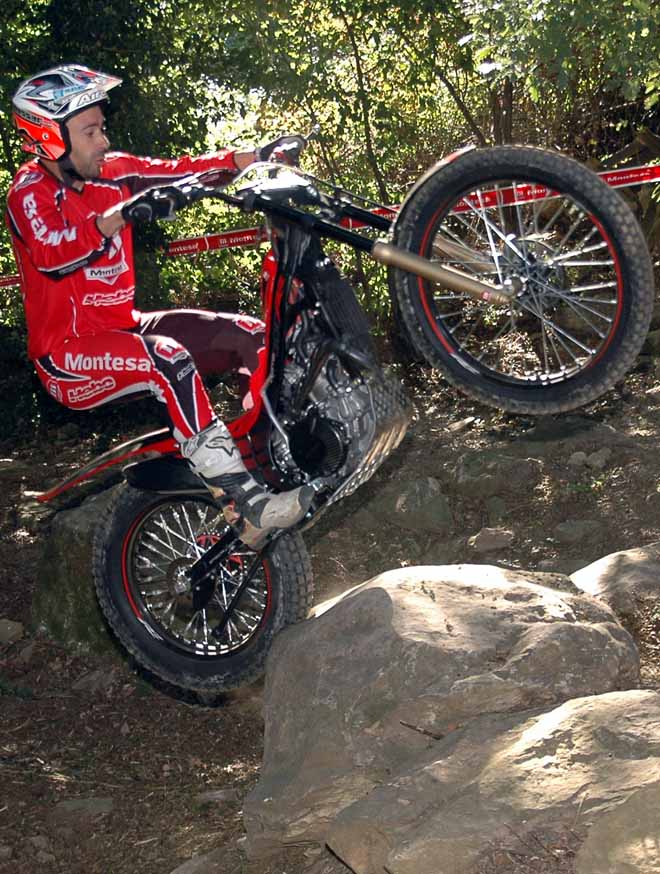
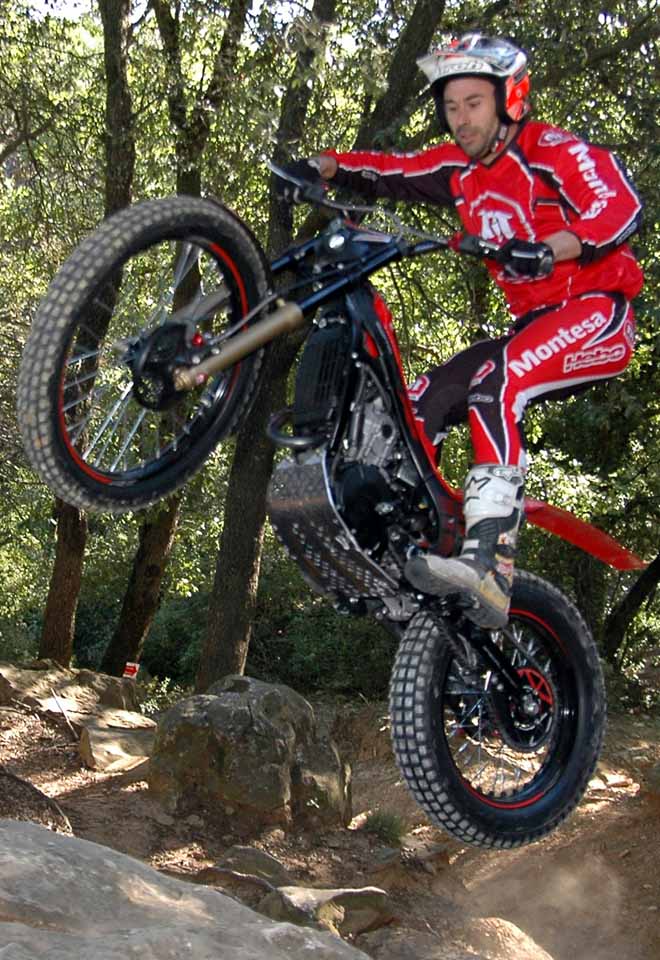
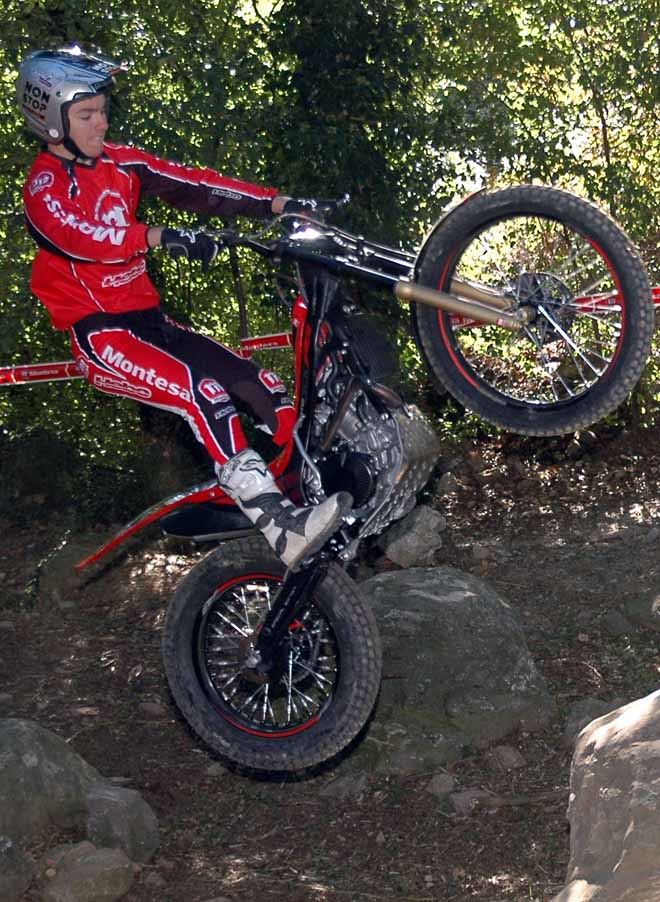
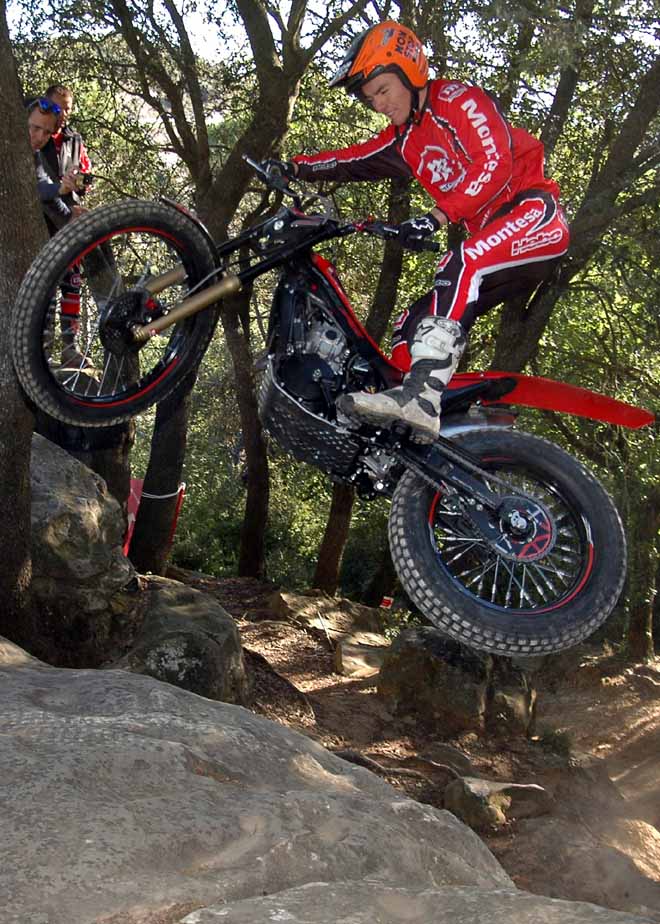
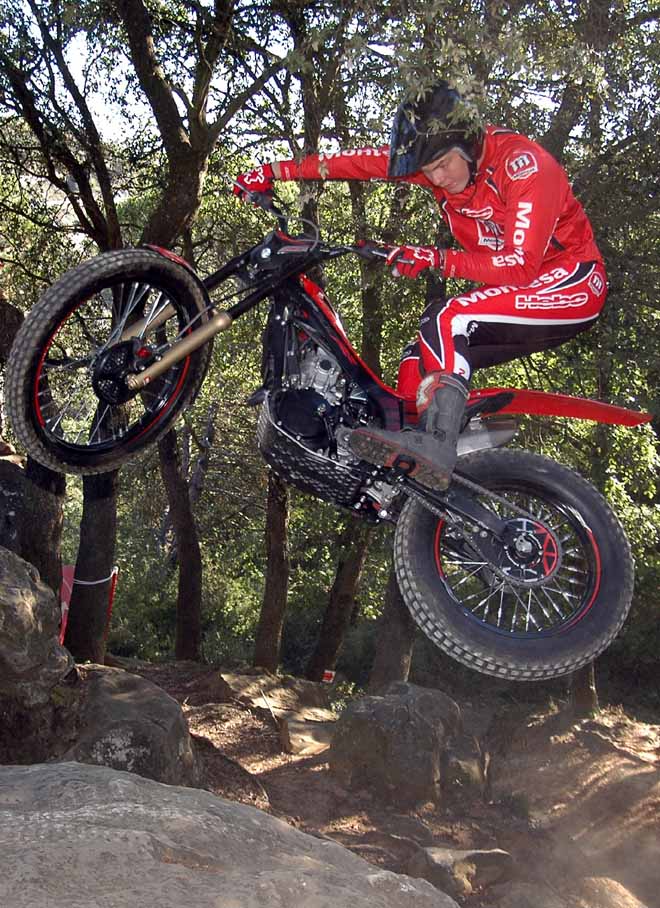
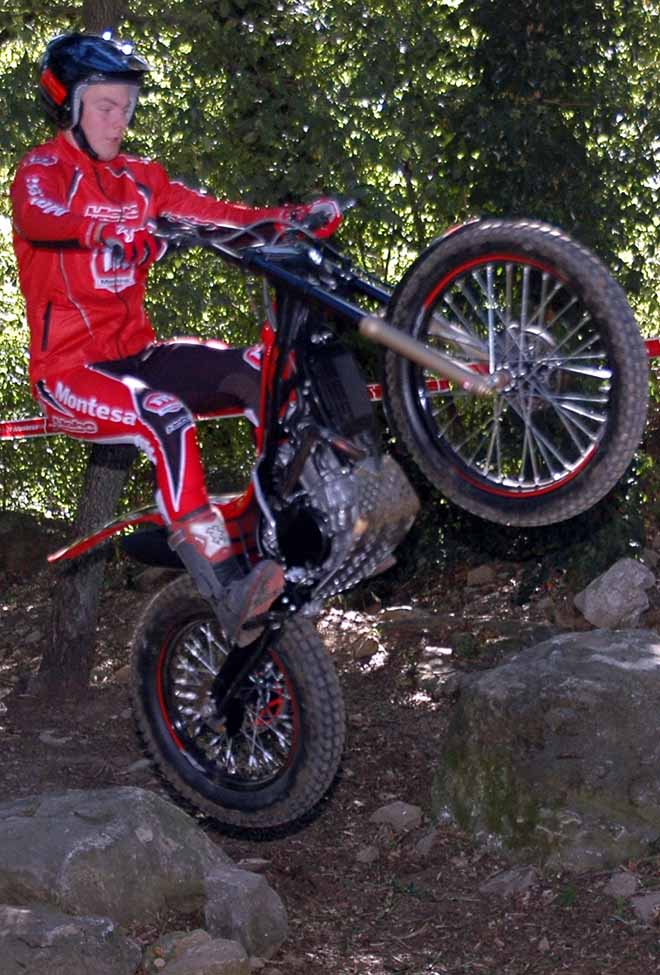
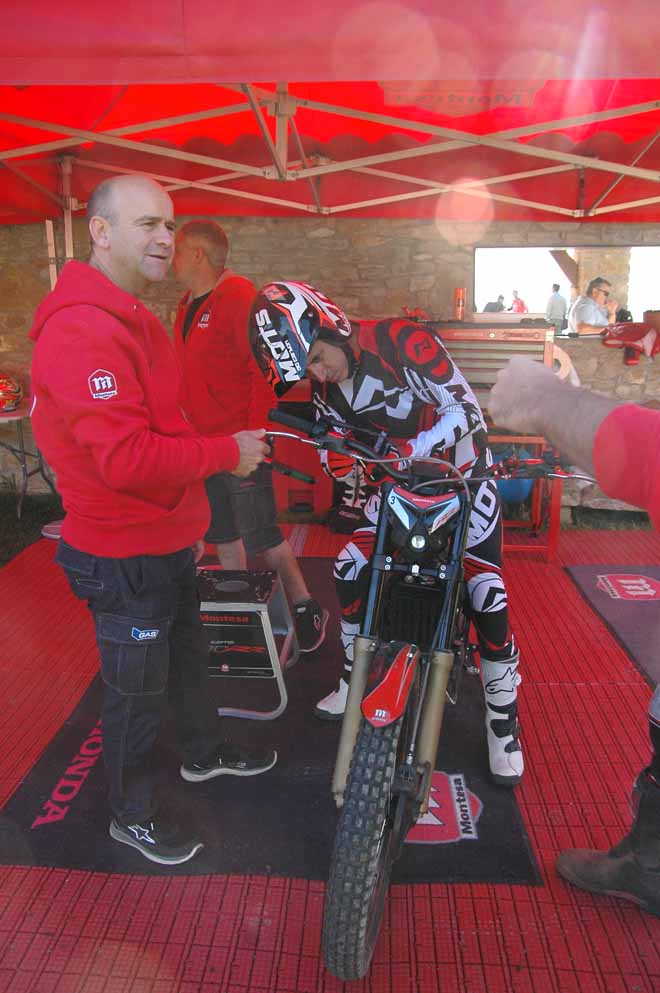
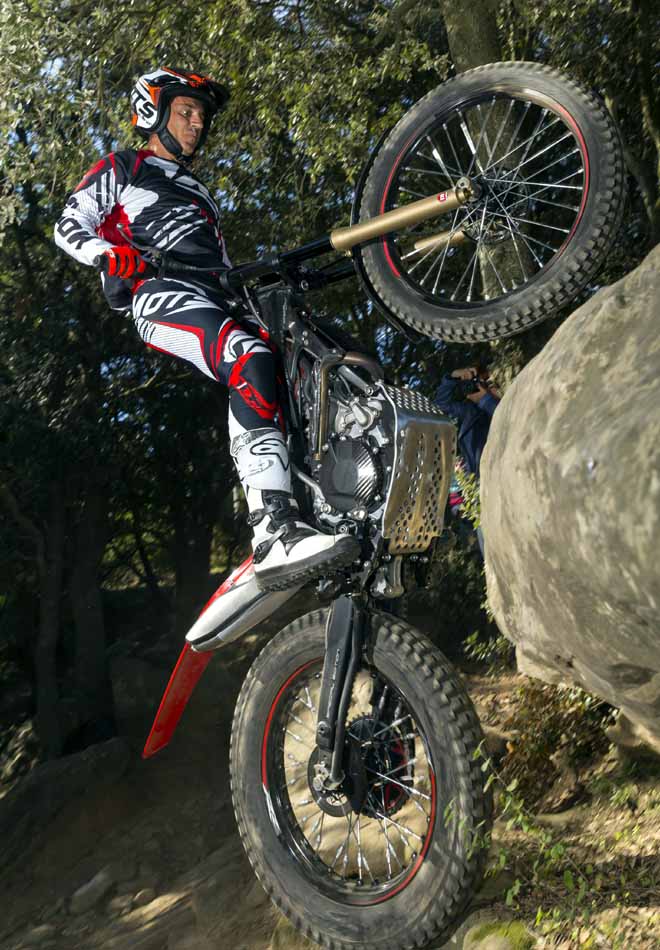
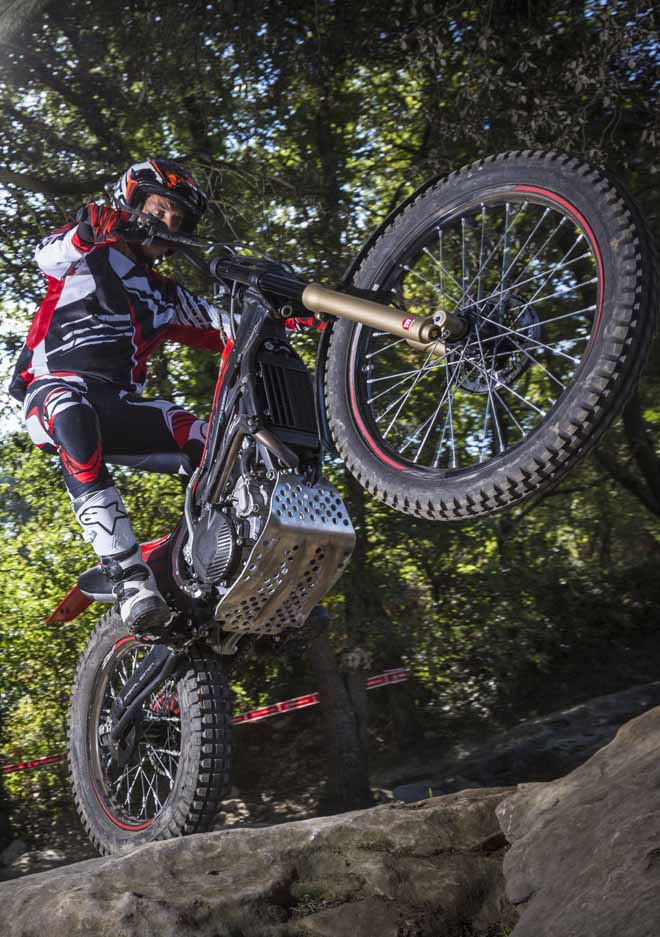
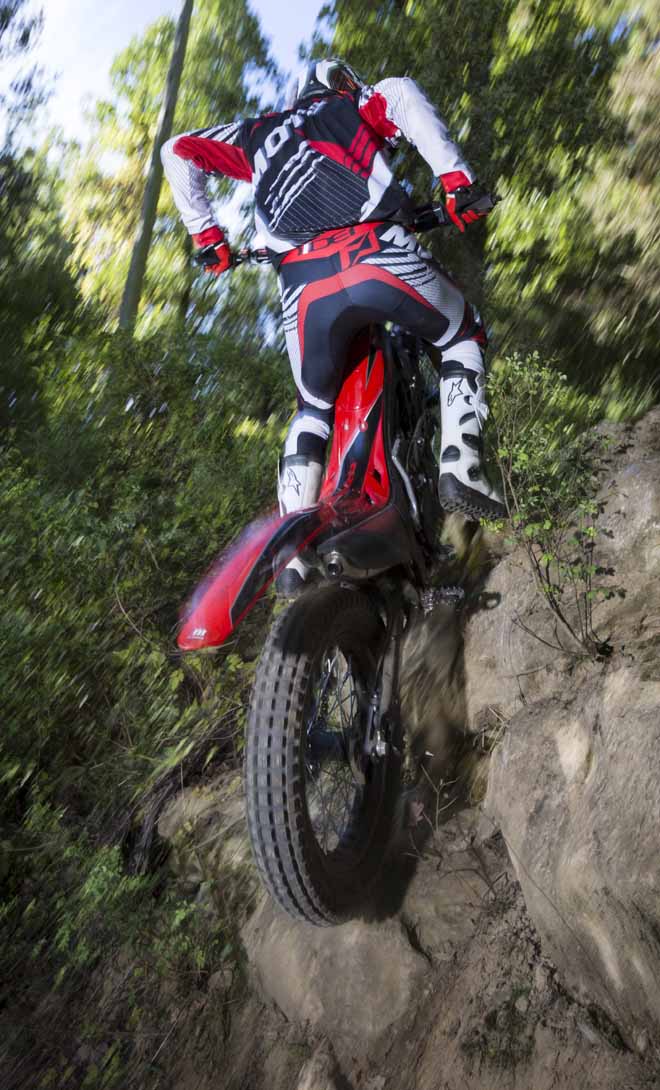
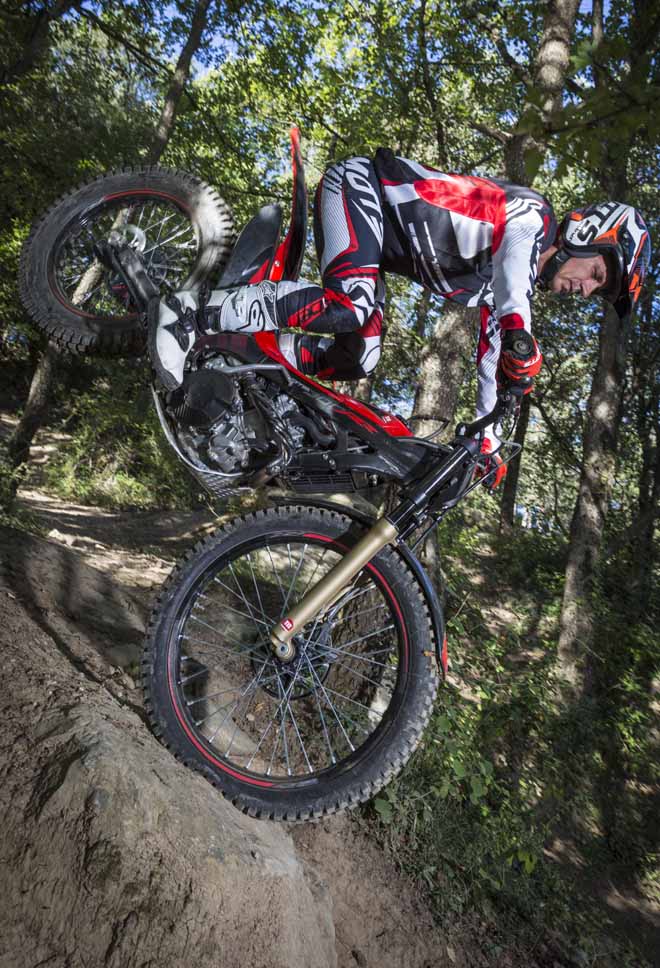
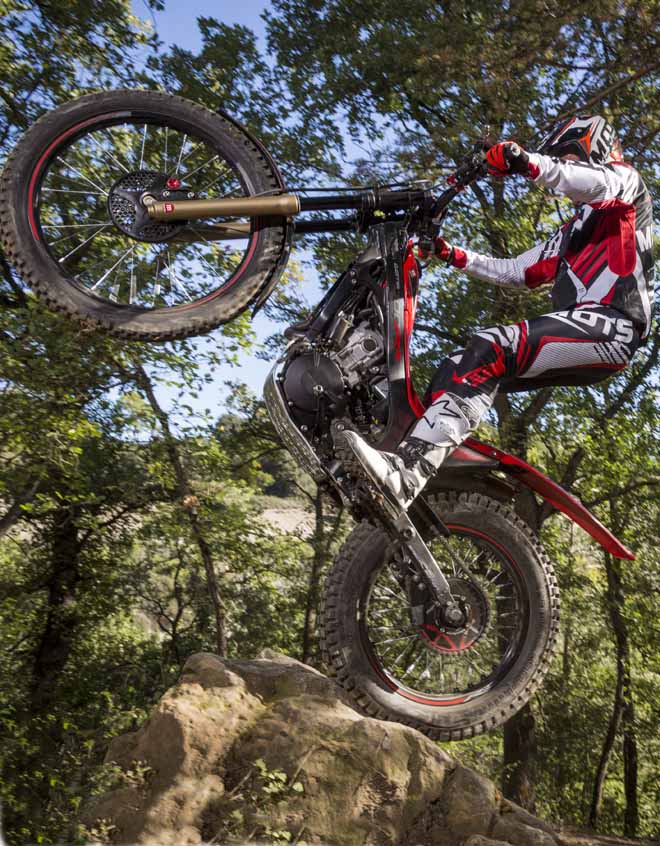
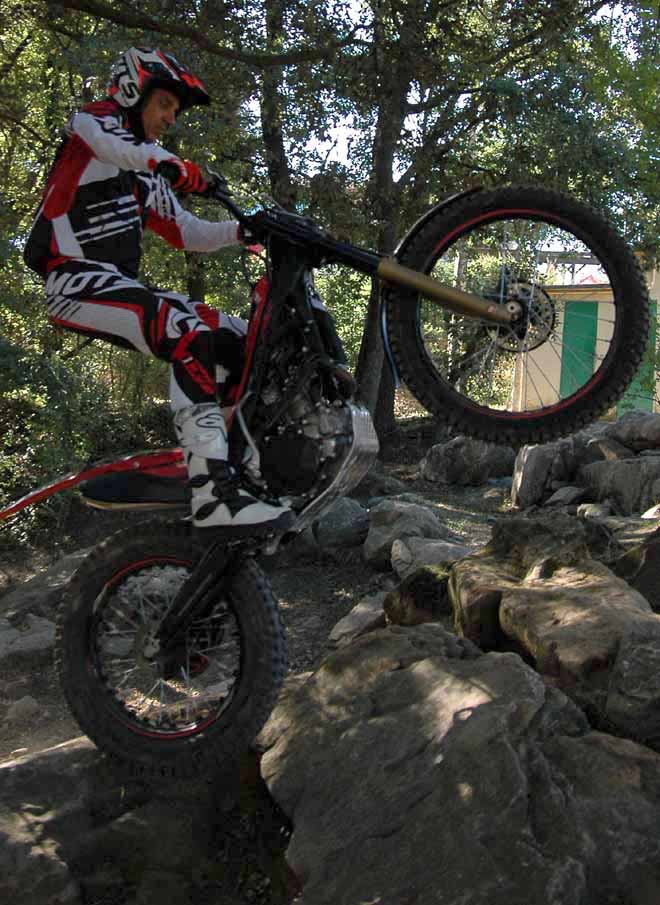
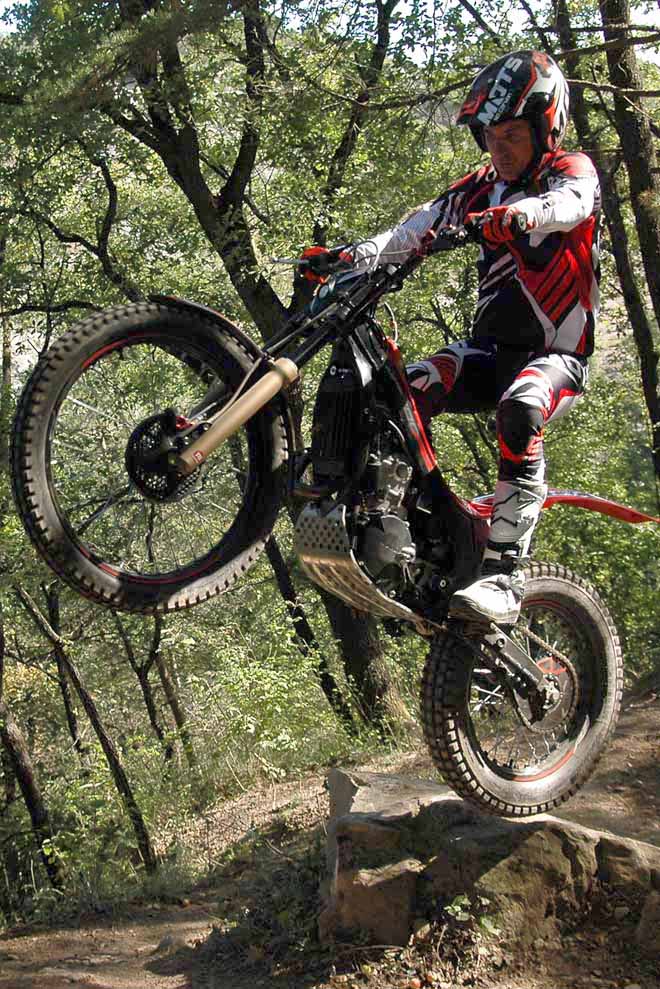
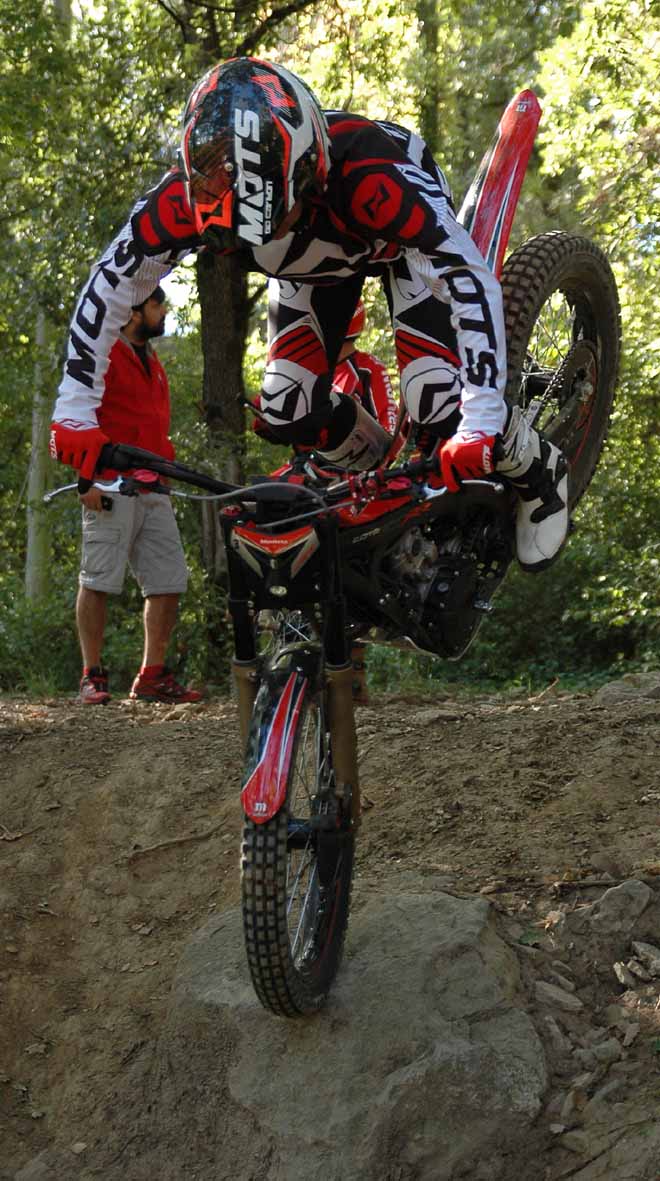
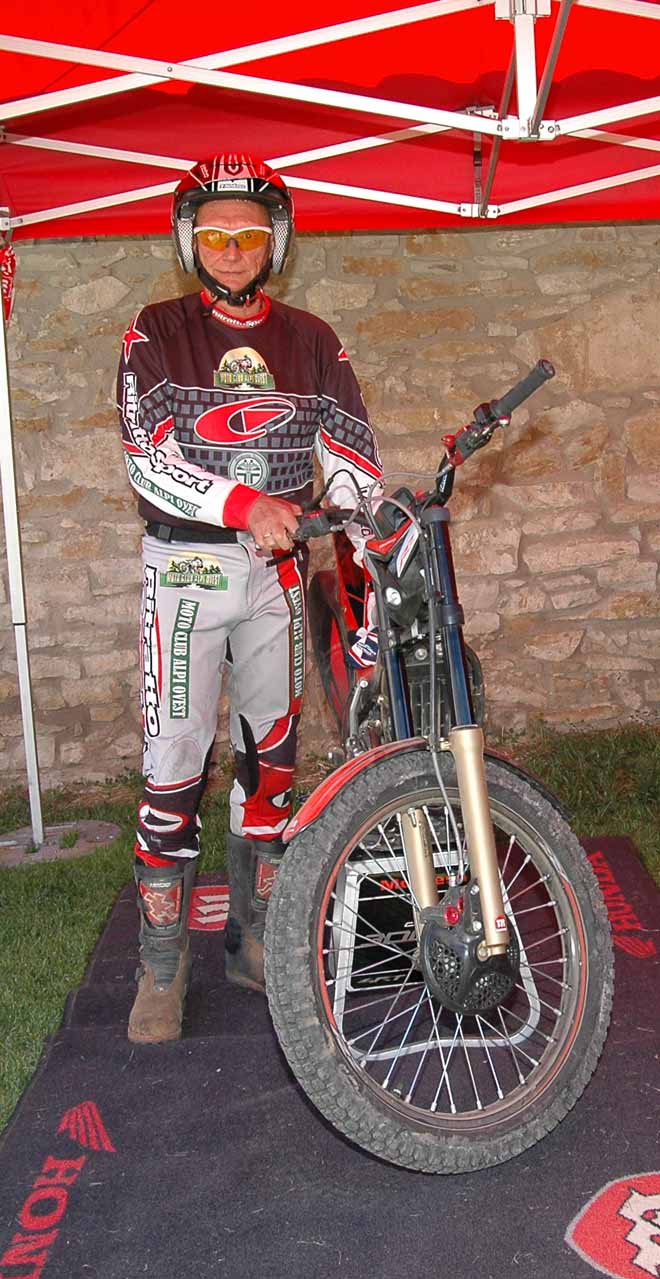
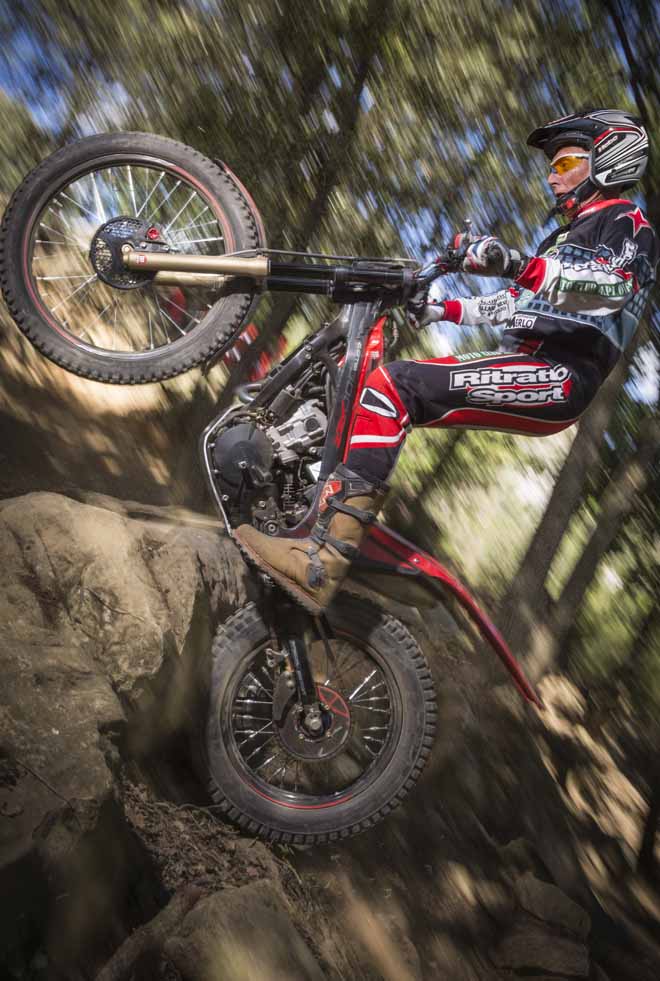
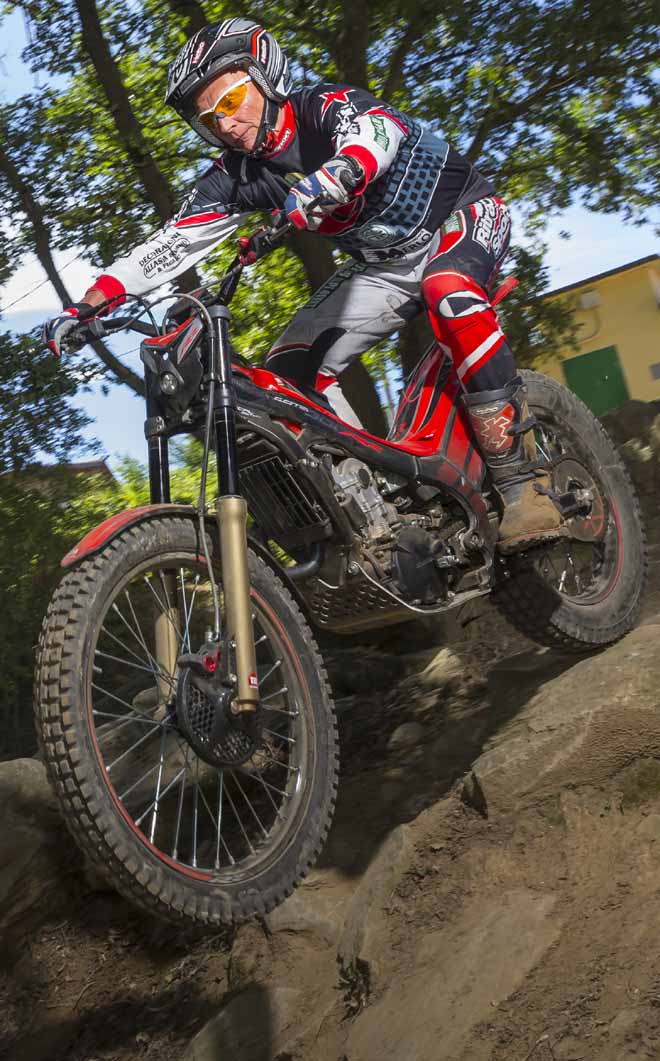
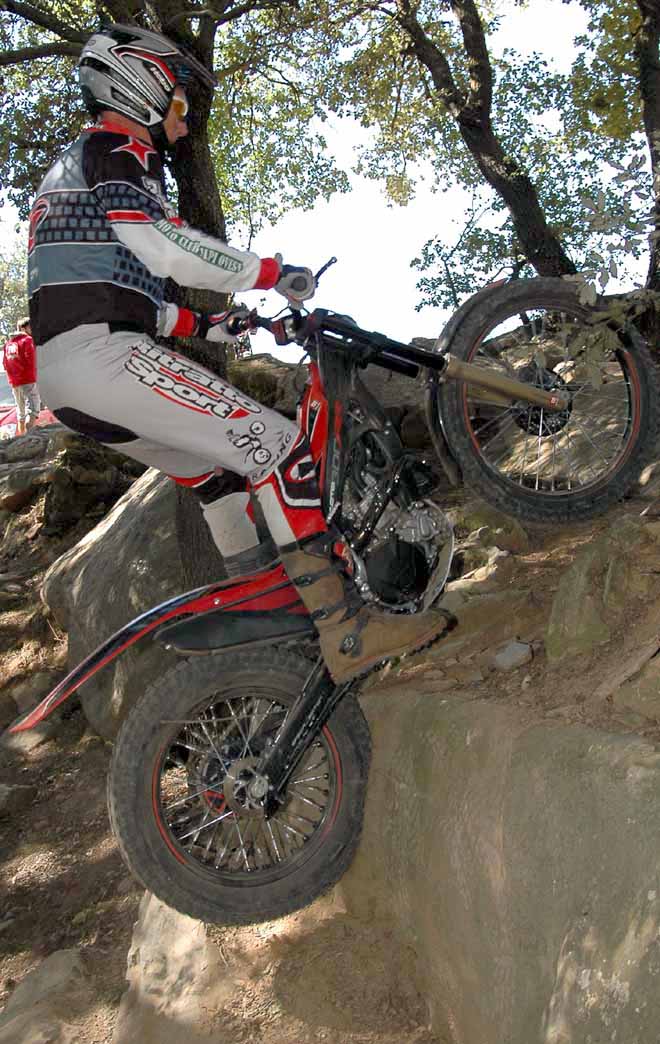
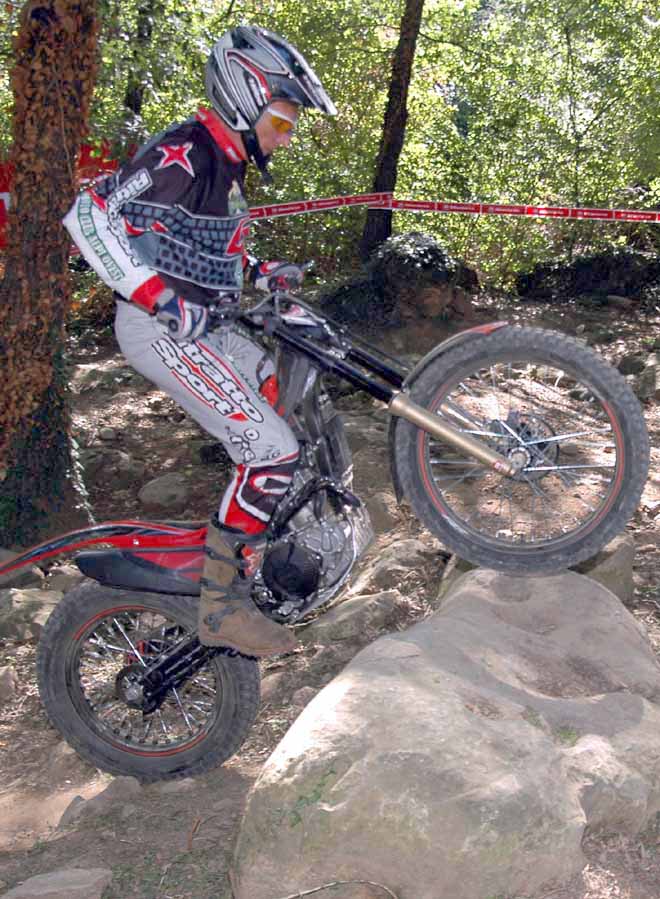
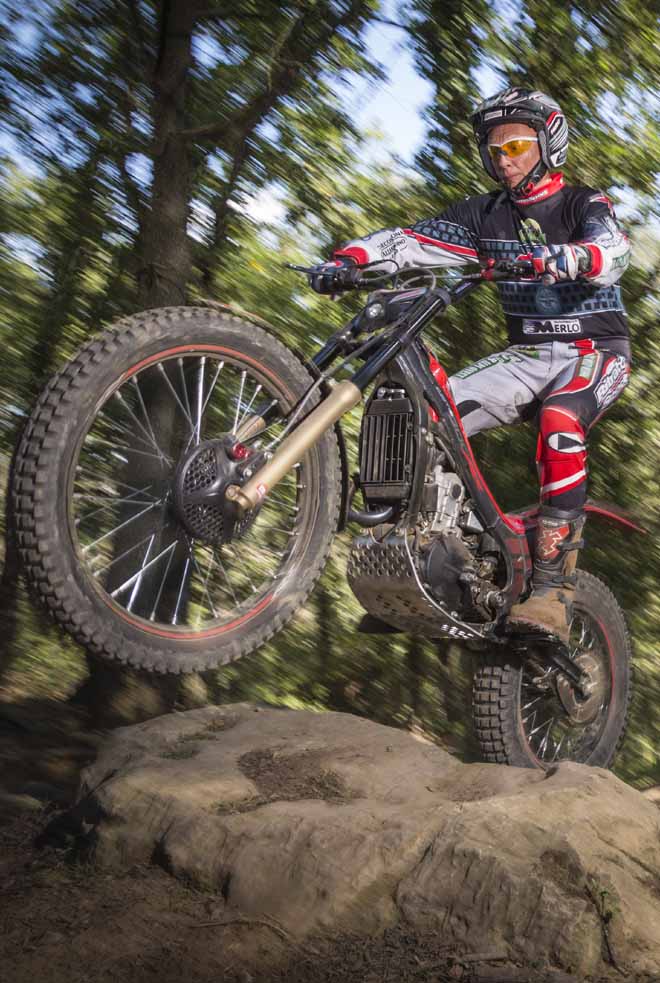
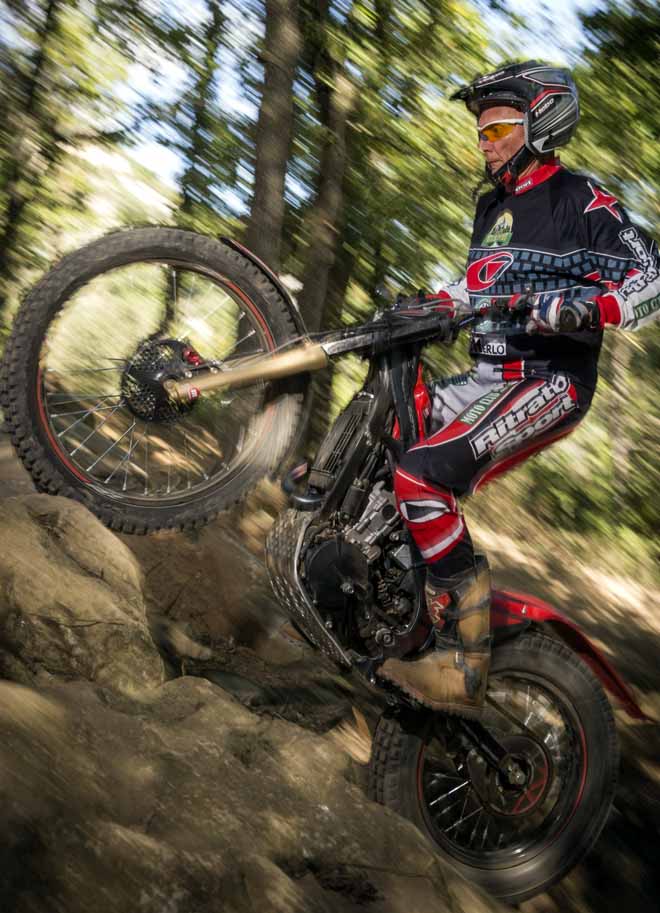
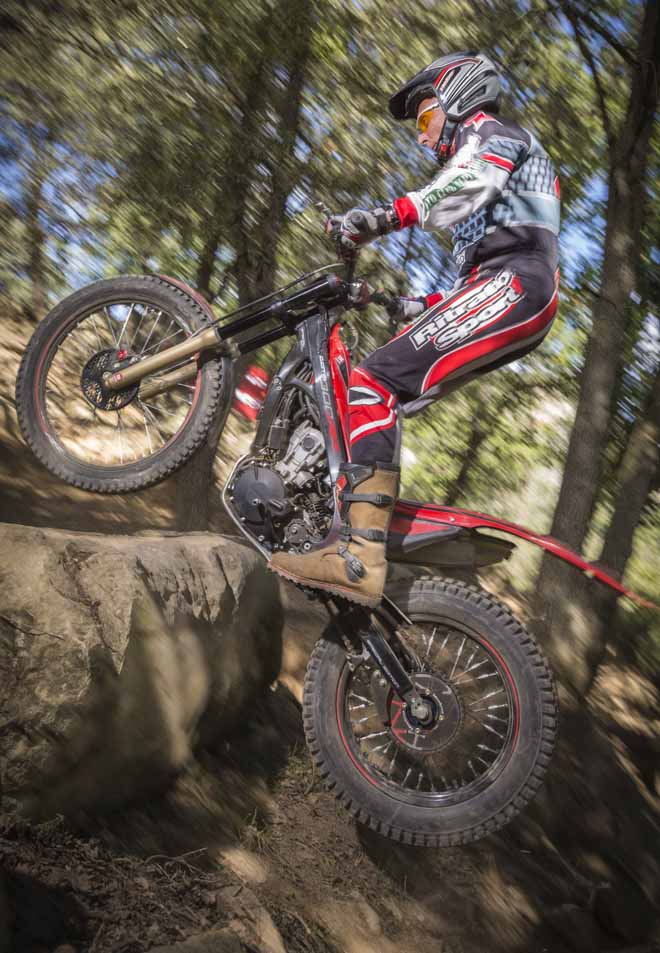
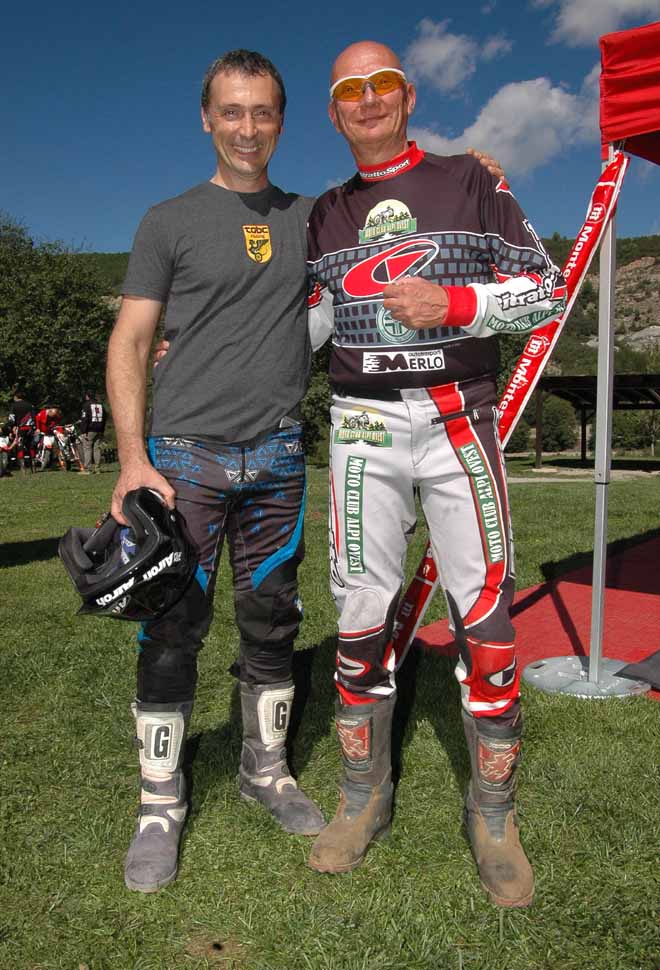
---------------------------------------------------------------------------------------

